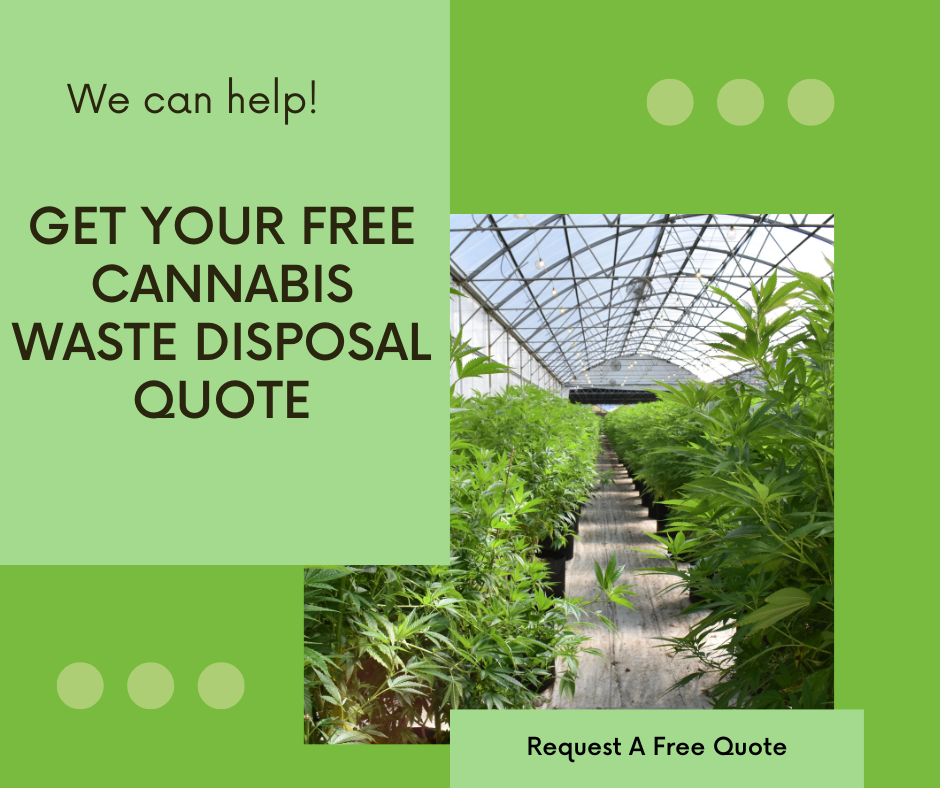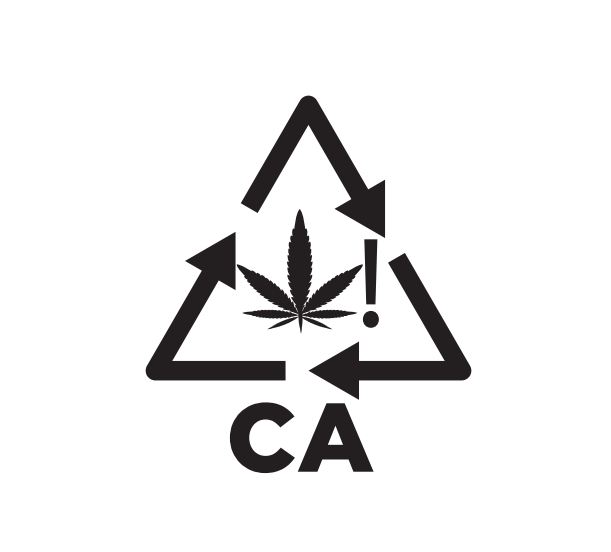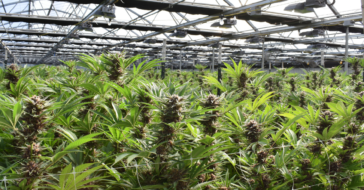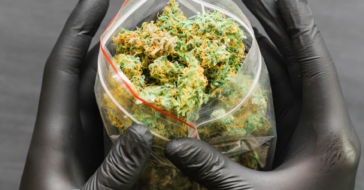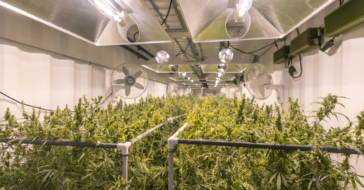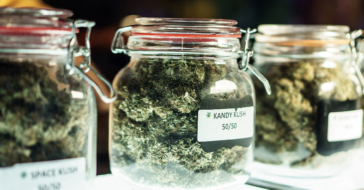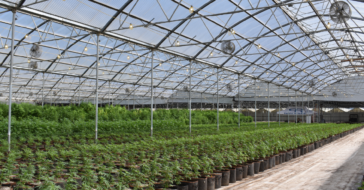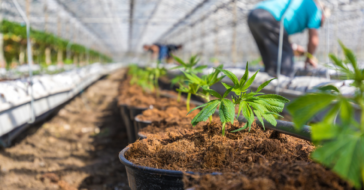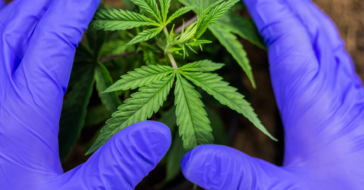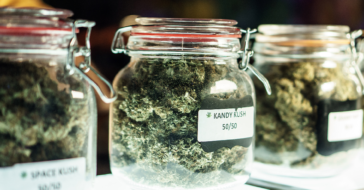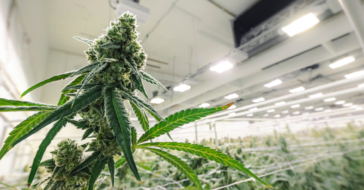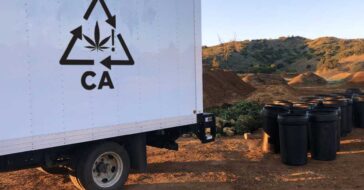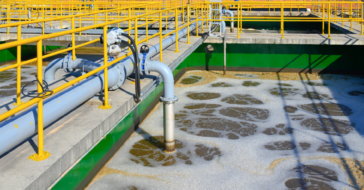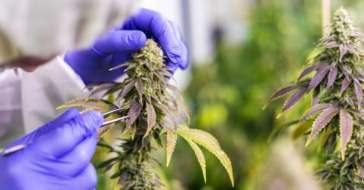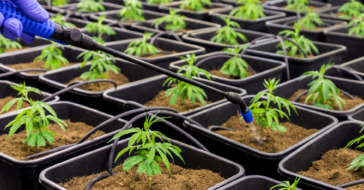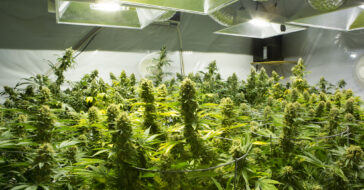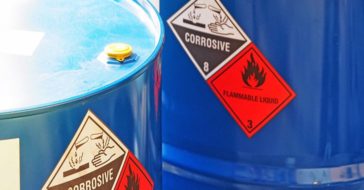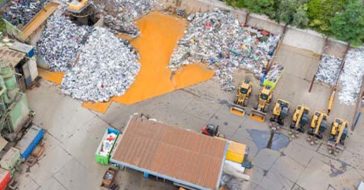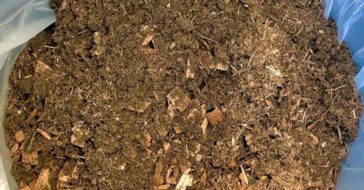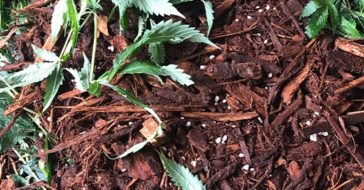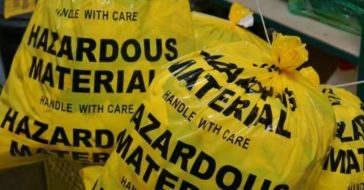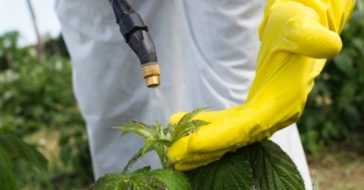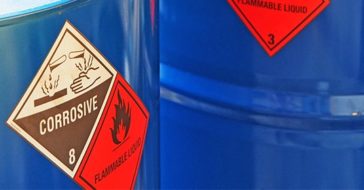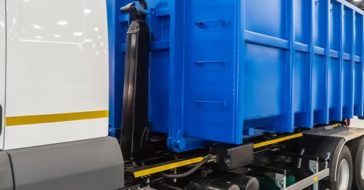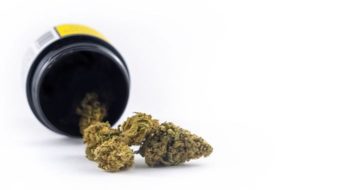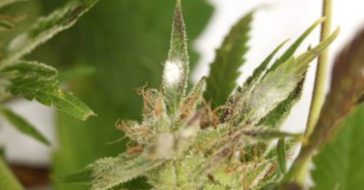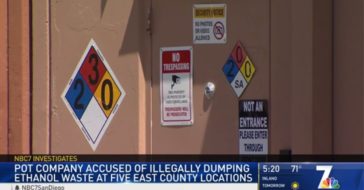Operating a cannabis business in California presents unique challenges, from regulatory compliance to waste management. With all eyes on the evolving cannabis industry, ensuring that your business meets the highest standards is important for the future of your company.
Effective waste management is a crucial component of this process. Let’s dive into some best practices for your California cannabis business that ensure you’re able to confidently navigate the complexities of waste management in the cannabis industry:
- Keep cannabis waste separate.
- Render waster unusable.
- Store your cannabis waste securely.
- Know your CCTT requirements.
- Address all cannabis waste generated in your waste management plan.
- Work with an experienced cannabis waste transporter.
Keep Cannabis Waste Separate
As a cannabis business, you likely will generate many different types of waste. Some of these waste types may be non-hazardous, such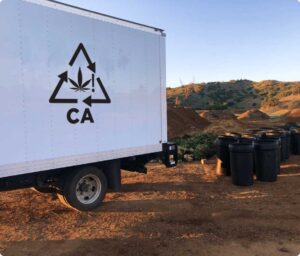 as paperwork, packaging waste and some types of organic materials. Other types may be hazardous and require more stringent protocols for handling.
as paperwork, packaging waste and some types of organic materials. Other types may be hazardous and require more stringent protocols for handling.
Within the realm of cannabis waste, you’ll also find various materials, including plant waste (leaves, stems, and roots), manufacturing waste (resulting from extraction and refinement processes), soil (potentially contaminated with pesticides), laboratory waste and even electronic waste. Each waste has its own identity and, therefore, its own methods required for disposal.
To ensure compliance and safety, it’s crucial to keep cannabis waste separate from other waste products. Mixing cannabis waste with non-cannabis waste can create hazardous conditions for workers. Proper separation is essential to meet disposal guidelines and maintain the well-being of employees.
Render Waste Unusable
If you’ve managed a business in another industry, you may be surprised by this next best practice since it’s unique to the cannabis industry. Any cannabis waste that has come in contact with THC must be rendered unusable and unrecognizable by the end of the waste management process.
This includes cannabis flowers or products that fail quality standards, recalled products and samples held by licensed testing laboratories.
What does unusable waste mean? “Unusable” refers to the deconstruction of a material so that it can’t be used or consumed. However, the specific methods for rendering cannabis waste unusable may vary among companies.
Examples of how companies may render certain types of waste unusable include shredding or grinding, dilution, chemical treatment, incineration, composting, and simply storing the waste in secure storage.
Store Your Cannabis Waste Securely
That leads us to our third best practice: storage. After separating your cannabis waste, it’s equally important to store it securely.
Designated waste containers should be clearly labeled and kept in a secure location. Employees must be aware of which containers are designated for cannabis waste and which are for hazardous waste. These secure containers should be used for on-site storage, preparation for shipment and transportation to disposal facilities.
Reputable cannabis waste disposal companies provide UN-rated containers to ensure secure handling. These containers are airtight, offer maximum odor protection, and are equipped with biodegradable lining to maintain hygiene and prevent spills. Given the potential for strong odors from cannabis materials, this approach can help you avoid complaints and violations.
Know Your CCTT Requirements
In California, all state-issued cannabis licensees are required to use the California Cannabis Track-and-Trace (CCTT) system. This system, also known as “seed to sale” reporting, monitors cannabis products throughout the supply chain, from cultivation to retail sales.
Compliance with CCTT is essential to ensure transparency, accountability and regulatory adherence. To meet CCTT requirements, cannabis waste generators must assign a nonrepeating unique identifier to each immature lot, flowering plant or distinct cannabis product. This ensures that every stage of a cannabis product’s lifecycle is tracked within the system.
Keep in mind that data integrity and accuracy are paramount in the CCTT system. All information entered into the system, including unique identifiers and transaction records, must be precise and up to date. Falsifying or mishandling data can lead to severe consequences, so it’s essential for your cannabis business to maintain accurate records.
Address All Cannabis Waste Generated In Your Waste Management Plan
Creating a cannabis waste management plan is a fundamental requirement under the CCTT. Your plan should outline your approach to handling all cannabis waste generated on your property, whether it’s non-hazardous and hazardous waste managed on-site or transported off-site.
What should your cannabis waste management plan cover?
- Types of waste generated
- Waste categories (organic vs. non-organic, hazardous vs. recyclable)
- Procedures for handling waste on-site
- Waste collection schedule
- Sorting and storage procedures
- Composting protocols
- Hazardous waste precautions
- Transportation methods
- Disposal techniques
- Emergency response procedures
Bonus best practice: Regularly review and update your waste management plan to ensure ongoing compliance with evolving regulations. Any time your waste streams change, whether in volume or nature, it’s important to update your plan. It’s also a good idea to routinely check your waste management plan to ensure it is still effective for your business.
Work With An Experienced Cannabis Waste Transporter
In California, licensed disposal companies are responsible for transporting hazardous cannabis waste to appropriate facilities. While you have many waste transporters from which to choose, it’s critical to partner with an experienced and reputable waste management company to ensure the safe and compliant disposal of your cannabis waste.
A trusted cannabis waste transporter will:
- Identify and direct your waste to the right disposal facilities
- Assist in setting up storage procedures and training your employees
- Develop a comprehensive waste management plan tailored to your business’s unique needs
- Maintain accurate records for easy access
- Create an emergency response plan for potential accidents
- Align waste pickup schedules with your production schedule
Your choice of waste management partner should reflect the uniqueness of your cannabis business and help you achieve your waste management goals. While adhering to these best practices for cannabis waste management in California is a legal requirement, following these guidelines helps you take a critical step in promoting a well-regulated, safe and accountable cannabis marketplace.

